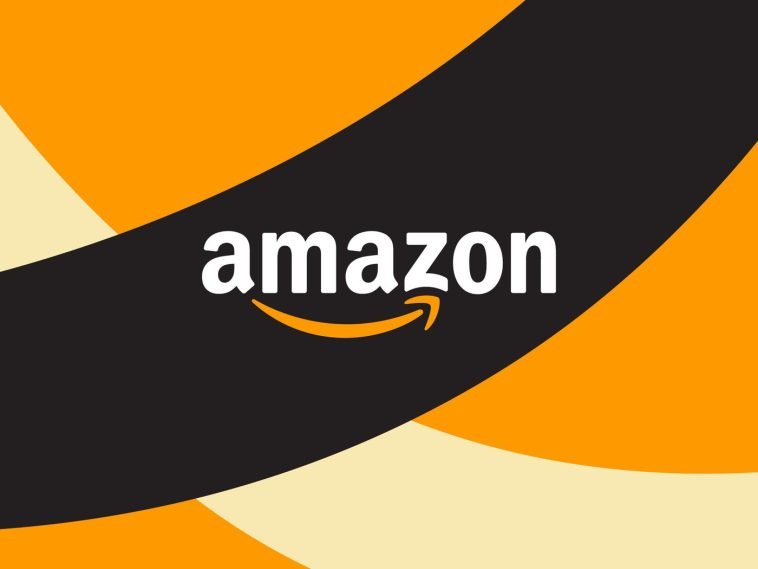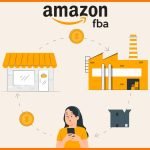Introduction.
If you’ve been looking for a way to start an online business without having to worry about handling inventory, shipping, or customer service, Amazon FBA (Fulfillment by Amazon) might be the answer.
Becoming an Amazon FBA seller is a straightforward way to dive into e-commerce, leveraging Amazon’s massive infrastructure to reach millions of potential customers.
But like any business venture, it comes with both benefits and challenges that are worth considering before jumping in.
This guide covers everything you need to know to get started with Amazon FBA, from the initial setup to managing listings, pricing products, and understanding the logistics involved.
By the end, you’ll have a clear view of the steps involved and what it takes to succeed in this highly competitive space.
Let’s go over the basics, pros and cons, and frequently asked questions to give you a well-rounded understanding.
What is Amazon FBA?
Amazon FBA is a service Amazon offers where sellers can store products in Amazon’s warehouses, and Amazon handles the packing, shipping, and customer service for these products.
This means you don’t have to keep products at home, worry about shipping each order yourself, or handle customer queries. Instead, Amazon does the heavy lifting while you focus on managing your listings, sourcing products, and growing your business.
Why Choose Amazon FBA?
Amazon FBA is appealing because it allows small businesses and solo entrepreneurs to use Amazon’s powerful logistics network.
With millions of people shopping on Amazon every day, FBA sellers get direct access to one of the largest online customer bases in the world.
Amazon Prime members are another big plus—they often prefer items that qualify for free two-day shipping, which FBA products typically do.
The Benefits of Amazon FBA
- Huge Customer Base: Amazon has over 300 million active customer accounts globally. Becoming an FBA seller gives your products access to this massive audience.
- Prime Eligibility: FBA products are eligible for Amazon Prime, which can lead to higher sales because Prime members are more likely to buy products that ship quickly.
- Amazon Handles Logistics: Amazon takes care of storage, packaging, shipping, and even returns, making it easy to run your business remotely.
- Better Trust and Visibility: Customers tend to trust products fulfilled by Amazon because they know Amazon’s quality standards. This trust can lead to more sales for you.
Challenges of Amazon FBA
While Amazon FBA has plenty of benefits, it’s essential to understand the potential downsides:
- Storage Fees: Amazon charges storage fees for keeping your products in their warehouses, and these can add up, especially if you have slow-moving inventory.
- Additional Fees: Besides storage, FBA has a range of fees for fulfilment and returns that can eat into your profits.
- High Competition: Amazon’s marketplace is competitive, especially for popular products. New sellers often have to work hard to stand out.
- Dependence on Amazon’s Policies: FBA sellers must follow Amazon’s rules, and any policy changes can impact your business.
How Do I Become an Amazon FBA Seller?
1. Create an Amazon Seller Account.
First, you’ll need to set up a seller account on Amazon. Amazon offers two plans: the Individual plan, which costs $0.99 per item sold, and the Professional plan, which is $39.99 per month but allows you to sell unlimited items.
If you plan on selling more than 40 items per month, the Professional plan usually makes more sense.
2. Choose Your Niche and Products.
Finding the right products is key. Research products with high demand but low competition to improve your chances of success.
Tools like Jungle Scout, Helium 10, or even Amazon’s product search feature can help identify opportunities.
3. Source Your Products.
You’ll need to decide where to source your products. Some common sources include wholesale suppliers, manufacturers, and dropshipping suppliers.
Many sellers use platforms like Alibaba to source products directly from manufacturers, often at lower costs.
4. Ship Your Products to an Amazon Fulfillment Center.
Once you’ve sourced your products, you need to ship them to Amazon’s warehouses. Amazon has specific guidelines for packaging and labelling items, so it’s essential to follow them carefully to avoid delays.
5. List Your Products on Amazon.
Create detailed product listings, complete with high-quality images, thorough descriptions, and accurate keywords. Your listing should make it clear what the product offers, its benefits, and any unique features.
6. Manage Your Inventory and Monitor Performance.
Once your products are live, keep an eye on your inventory levels and watch for any issues. Amazon offers tools to help you monitor performance, customer feedback, and other important metrics.
Pros and Cons of Amazon FBA
| Pros | Cons |
|---|---|
| Access to Amazon’s massive audience | Storage fees can be high |
| Eligible for Prime benefits | Intense competition |
| Amazon handles logistics | Fee structure can cut profits |
| Trusted by customers | Limited control over policies |
| Scalable business model | Requires initial investment |
Common Questions About Amazon FBA
Q: Do I need a lot of money to start?
A: While you don’t need a fortune, Amazon FBA does require an initial investment. Costs include buying inventory, paying for shipping, and covering FBA fees. A good rule of thumb is to start with at least $1,000 to $2,000 for initial costs.
Q: What products are best for FBA?
A: Products that are lightweight, easy to ship, and in demand tend to work well. Niche products with low competition but steady demand often perform best. Look for items with a good profit margin and avoid overly competitive categories like electronics or books unless you have a unique product.
Q: Are there any risks with FBA?
A: Yes, as with any business, FBA comes with risks. You could face losses if your products don’t sell or if Amazon changes its policies. There’s also a risk of high fees cutting into profits, especially if your products take a long time to sell.
Q: How do I stand out among other Amazon sellers?
A: Building a recognizable brand, offering high-quality products, and providing excellent customer service are all ways to stand out. Pay attention to product listings and use high-quality images, clear descriptions, and appropriate keywords to attract customers.
Q: Can I sell internationally with Amazon FBA?
A: Yes, FBA allows you to reach customers globally through Amazon’s marketplaces. However, international selling comes with additional fees and challenges, so it’s important to understand the costs involved and ensure your products are compliant with international regulations.
Conclusion
Getting started with Amazon FBA opens up a lot of possibilities for new entrepreneurs, and it’s a popular choice for good reason.
It allows you to tap into Amazon’s massive reach, benefit from its shipping network, and grow your business at a pace that works for you. However, it’s not a perfect fit for everyone.
Between the fees, competition, and the need for ongoing product management, it requires careful planning and attention to detail.
If you’re thinking about becoming an Amazon FBA seller, the question is: Are you ready to dive into e-commerce and make Amazon’s marketplace work for you?





GIPHY App Key not set. Please check settings